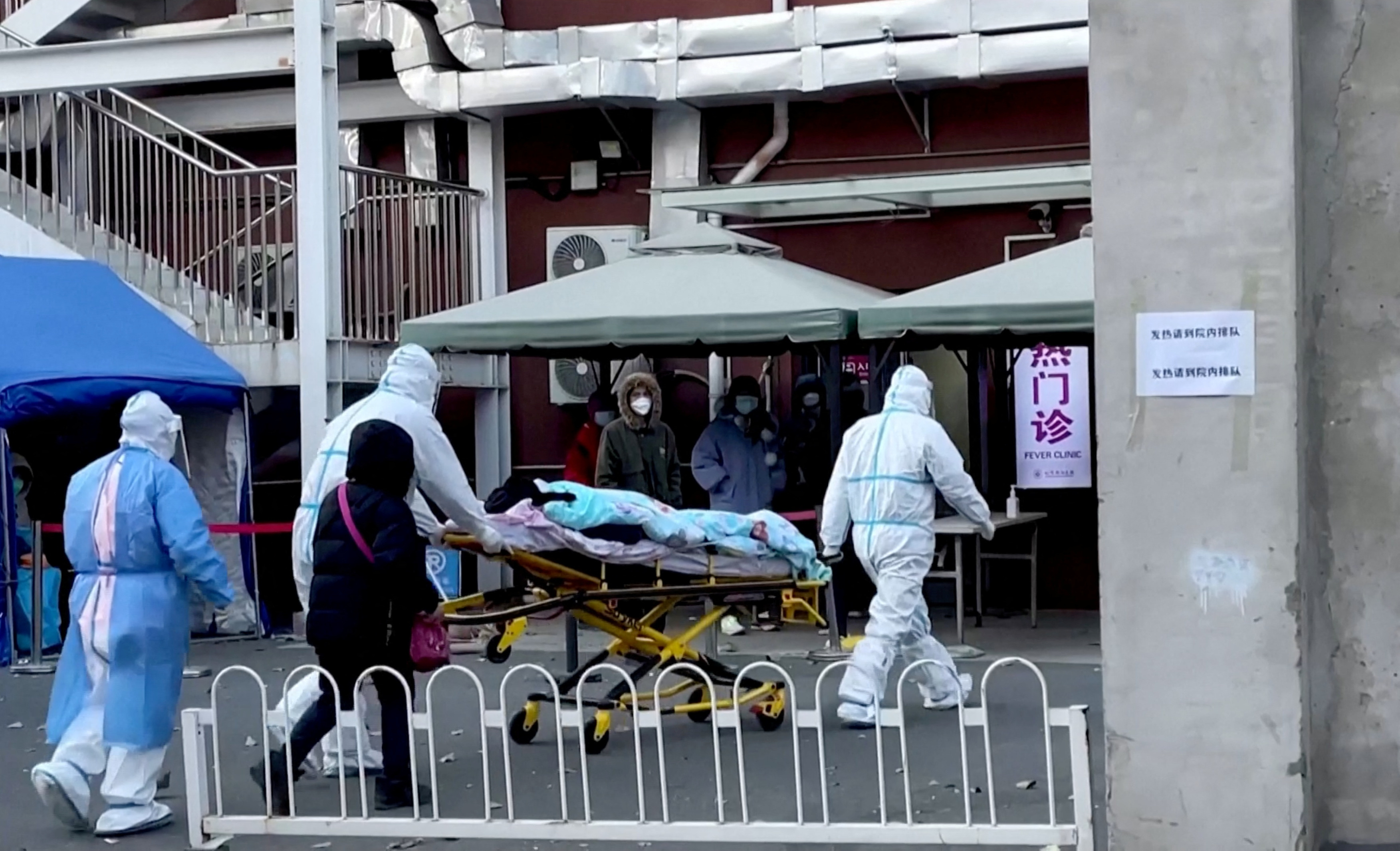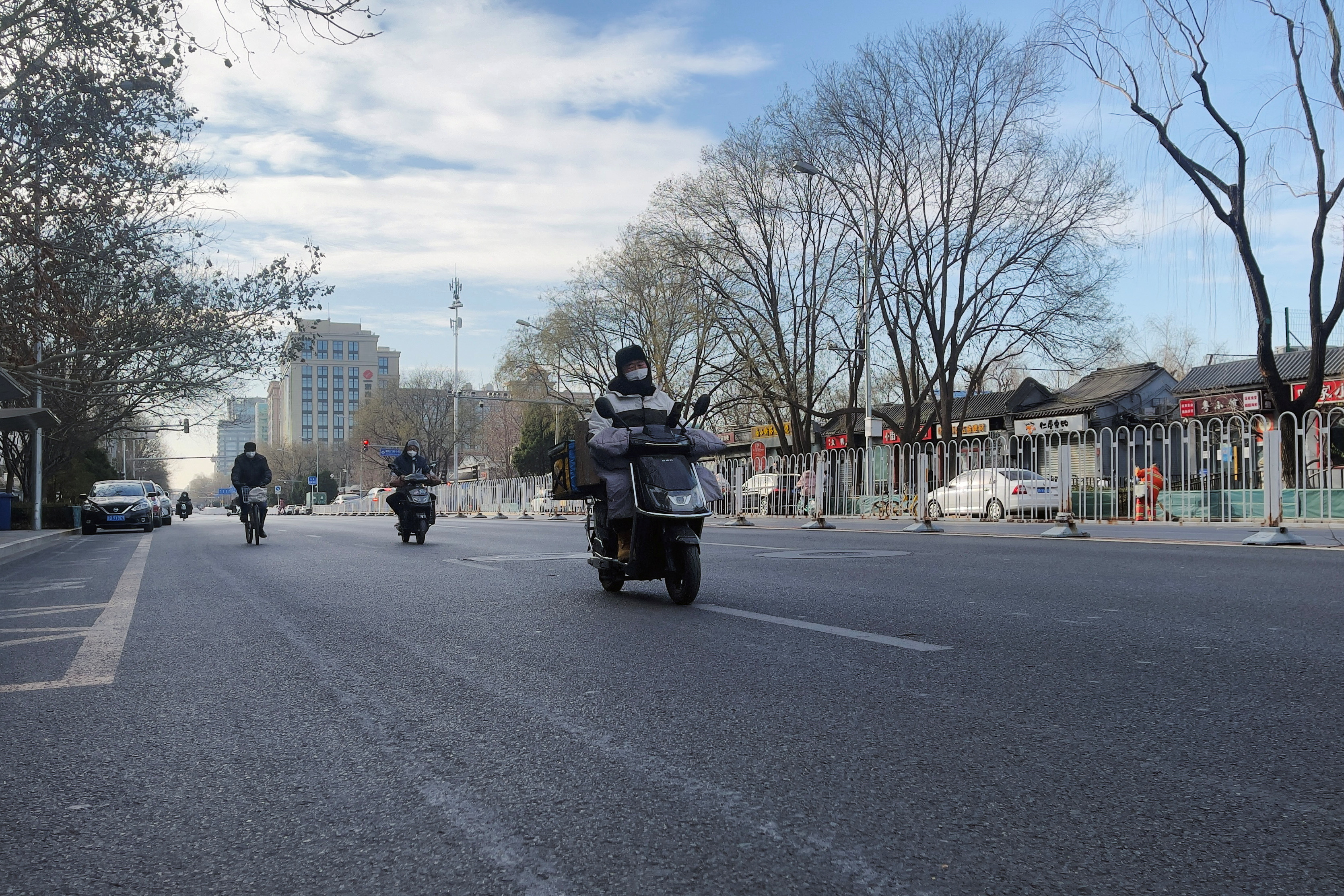A week after China began dismantling its tough ‘zero-COVID’ controls, the World Health Organization warned of “very tough” times ahead and state media reported some seriously ill patients at hospitals in Beijing, raising fears of a wave of infections.
China last Wednesday announced sweeping changes to testing and quarantine rules, aligning with a world that has largely reopened, after historic protests against mass lockdowns that caused mental strain for millions but kept the virus in check.
The elation that met those changes has quickly faded amid mounting signs that China may pay a price for shielding a population that lacks “herd immunity” and has low vaccination rates among the elderly.
“It’s always very difficult for any country coming out of a situation where you’ve had very, very tight controls,” WHO spokesperson Margaret Harris told a press briefing in Geneva on Tuesday, adding that China faced a “very tough and difficult time.”
The WHO typically refrains from commenting on individual countries’ policies, although agency Director General Tedros Adhanom Ghebreyesus did say in May that China’s previous COVID regime was not sustainable.
Official COVID case counts in China have been trending lower in recent weeks, but that has coincided with a drop in testing and is increasingly at odds with the situation on the ground, analysts say.
There were 50 severe and critical cases in hospitals in Beijing, most of whom have underlying health conditions, state news agency Xinhua reported late Tuesday. Such numbers are small considering China’s 1.4 billion population, but there are growing fears that hospitals could soon become flooded with cases.
Amid the uncertainty, Chinese leaders have reportedly delayed a key economic policy meeting, which had been set to map out much-needed stimulus for the world’s second largest economy.
A Bloomberg News report on Tuesday night, citing people familiar with the matter, said the meeting had been delayed and there was no timetable for rescheduling.
Policy insiders and business analysts said the leadership was expected to map out further stimulus steps and discuss growth targets in the annual three-day session.
Economists estimate that China’s growth has slowed to around 3% this year, far below the official target of around 5.5%, marking one of the worst performances in almost half a century.
The International Monetary Fund warned in November of a possible downgrade to China’s GDP. It’s chief Kristalina Georgieva said that was now “very likely” after a recent COVID-19 surge, AFP news agency reported on Tuesday.
In the three years since the pandemic erupted in the central Chinese city of Wuhan, China’s has reported just 5,235 COVID-related deaths – a tiny fraction of its population, and extremely low by global standards.
Its last fatalities were reported on Dec. 3, before the country started the loosening of curbs.
China’s National Health Commission on Wednesday said it would stop reporting new asymptomatic COVID-19 infections as many no longer participate in testing, making it hard to accurately tally the total count.
The NHC also said it would roll out the second COVID-19 vaccine booster shots for high-risk groups and elderly people over 60 years old.
Long queues outside fever clinics, buildings attached to hospitals that screen for infectious diseases in mainland China, have been a common sight in Beijing and other cities in recent days.
Vice Premier Sun Chunlan, who oversees China’s COVID efforts, called for more fever clinics to be set up and better protection for vulnerable people during an inspection of Beijing’s healthcare facilities, Xinhua reported.
Related Galleries:







